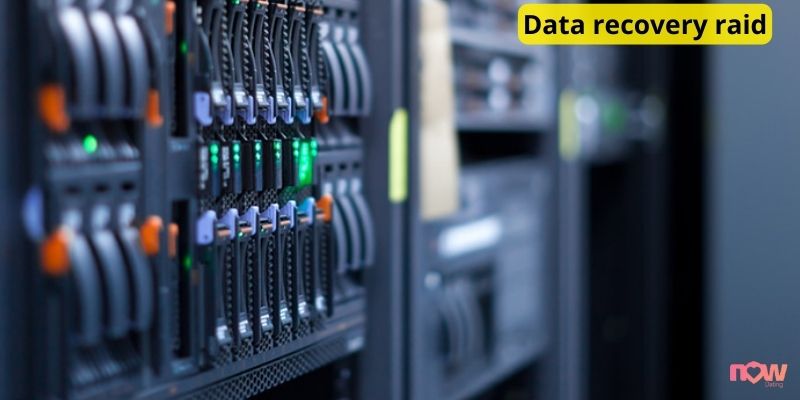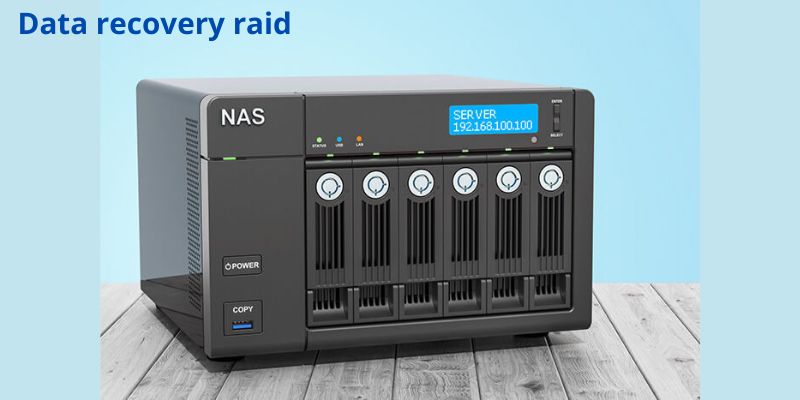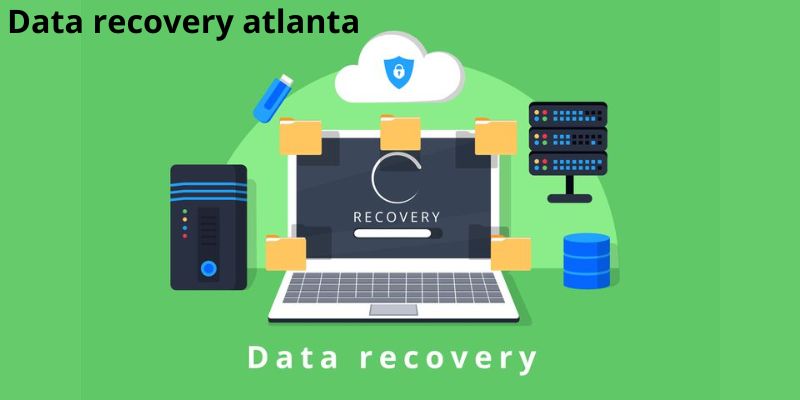Best 3 Data Recovery Raid

Advanced storage technology known as Redundant Array of Independent Disks (RAID) combines two or more disks to offer fault tolerance, increased data recovery raid, and quick read/write performance. From RAID 0 to RAID 10, there are different RAID levels. RAID levels vary in how much data redundancy they provide. However, data recovery raid loss from RAID devices is still a possibility.
The challenge of data recovery raid drives is challenging. However, you may quickly and simply recover the data from RAID drives if you have the proper RAID recovery tool in your possession. Choosing the RAID recovery software that is ideal for your needs might be challenging because there are so many options on the market.
You may choose the data recovery raid program that best meets your needs by reviewing the top 3 options in this post along with its features, benefits, and drawbacks. qule.info will provide some of information for you in this post.
Best 3 Data Recovery Raid
The following list of the top data recovery raid programs has been narrowed down based on its usability, features, and functions.
1. Stellar Data Recovery Technician

A DIY (do-it-yourself) RAID data recovery program called Stellar data recovery raid Technician employs sophisticated scanning algorithms to locate and restore lost or deleted data on RAID disks. All file types and file formats can be recovered by the software from missing and inaccessible RAID volumes and Windows disks. It instantly recognizes the RAID parameters and compares the RAID patterns.
Additionally, the software enables users to reconstruct virtual RAID in order to recover data recovery raid 0, RAID 5, and RAID 6 arrays that have logically failed, been damaged, or become corrupted. To retrieve data from hardware- and software-based RAID, there is no requirement for a RAID controller.
The software also has a number of helpful features, including “Disk Image,” which makes an image of a hard drive with bad sectors for quicker recovery, “Bootable Media Recovery,” which restores files from crashed or non-booting Windows systems, “Disk Cloning,” which makes a copy of the entire hard drive for safe recovery, and “Photo/Video Repair,” which fixes image and video corruption.
Pros:
- RAID 0, 5, 6, and Nested data recovery raid
- Supports recovery from RAID arrays with the file systems FAT, exFAT, and NTFS.
- Effectively identifies crucial RAID settings and constructs a virtual RAID to restore data.
- Recovery from NAS-based devices and servers with corrupt, broken, or failed RAID 0, RAID 5, and RAID 6 arrays.
- Data recovery from lost/deleted or inaccessible RAID volumes is possible with the use of the “Can’t Find Drive” feature.
- All widely used RAID controller cards from Adaptec®, LSI Logic®, Dell®, and others are supported.
- Without a controller, supports recovery from hardware- and software-based RAID.
Cons:
- There is no special support for RAID manufacturers.
- There is no Linux system support.
2. DiskInternals RAID Recovery

Reliable program with both manual and automated recovery options is DiskInternals RAID Recovery. UI for the app is straightforward. By dragging and dropping icons for the drives, it can recreate the RAID array from the supplied hard drives. The software also recognizes all array configurations, including RAID 0, 1, JBOD, RAID 5, and 0+1. It is capable of data recovery raid from hard drives whether they are attached to an Intel, VIA, or Nvidia RAID-capable motherboard or controller.
The software’s drag-and-drop functionality is also used to manually put together RAID configurations. Additionally, the software is capable of recovering various types of data recovery raid, including documents, images, and multimedia files, even from disks with corrupt file systems or lost partitions.
Pros:
- Data recovery from hardware- and software-based RAID (Dynamic Disks) from Microsoft software, including
- JBOD (span), RAID 0, 1, and 5, supports file recovery.
- It can mount virtual drives as local disks that Windows Explorer and other programs can access.
- Automatically determines the type of disk array and carries out RAID data recovery
- Possibility of selecting either an automatic or manual mode of operation
Cons:
- In the manual mode, RAID configurations must be put together manually using a drag-and-drop function rather than automatically identifying RAID parameters and matching RAID patterns.
- There are no secure bootable or disk image recovery methods for RAID data.
- It only functions on Windows systems.
3. R-Studio Technician

One of the most complete data recovery raid programs for drive partitions, disk drives, and virtual RAIDs is R-Studio Technician.
The software has a file viewer option to preview data that can be recovered. This utility can be used to recover data from damaged RAID configurations. A SMART monitoring capability is also present, which aids in the identification of probable HDD failure.
Pros:
- Available customized scan recovery option
- Identification and understanding of data patterns
- Data restoration from lost, damaged, or formatted partitions
- Recognizes RAID settings and consistency automatically
- Support for file recovery across all file systems and RAID disks
Cons:
- There is no guarantee of a full data recovery.
- Incredibly difficult for non-technical users
- Possibility of data overwriting if data recovery attempts to replicate missing files to the same directory or disk
Conclusion
In conclusion, data recovery raid is a vital and specialized service that enables organizations and individuals to recover priceless data from malfunctioning or damaged RAID arrays. Due to the widespread usage of RAID (Redundant Array of Independent Disks) technology for data storage, the risk of data loss or corruption is a serious problem.
Professional data recovery services, however, use cutting-edge methods and equipment to retrieve data from a variety of RAID configurations, including RAID 0, RAID 1, RAID 5, and RAID 10. These services provide peace of mind and guarantee business continuity by successfully restoring crucial data, reducing downtime, and providing protection against potential data loss calamities.
Conclusion: So above is the Best 3 Data Recovery Raid article. Hopefully with this article you can help you in life, always follow and read our good articles on the website: qule.info




